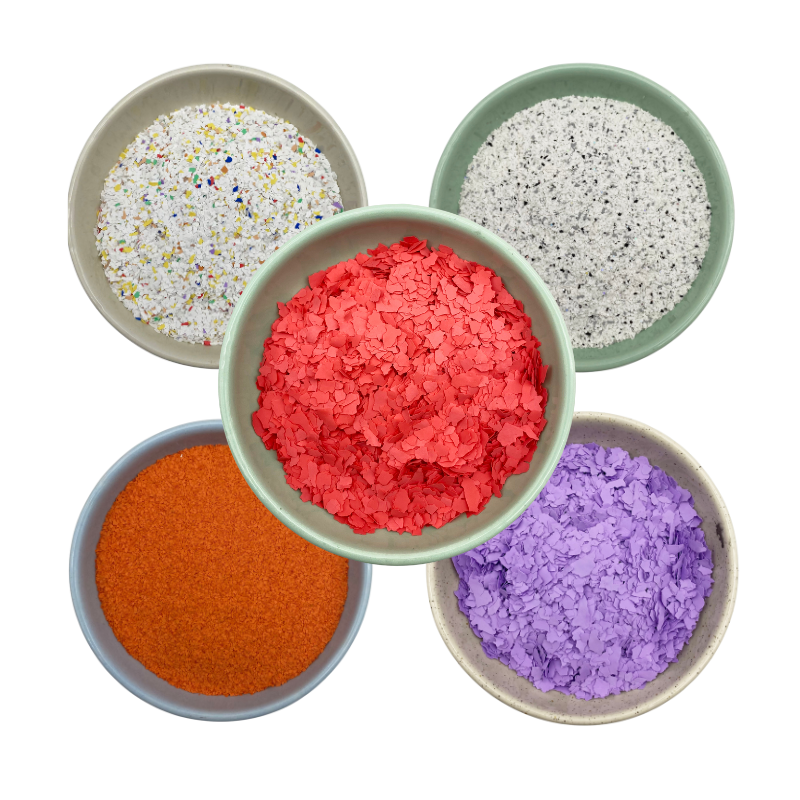
Kaolinite and Serpentine Exploring Their Geological Significance and Applications
Kaolinite and Serpentine A Comparative Study of Two Significant Clay Minerals
Kaolinite and serpentine are two distinctive minerals that hold substantial significance in geology, materials science, and various industrial applications. Both belong to the phyllosilicate group of minerals but exhibit differing chemical compositions, structures, and properties that influence their use across diverse fields.
Kaolinite A Staple of Clay Minerals
Kaolinite is a clay mineral with the chemical formula Al2Si2O5(OH)4. It is characterized by its layered structure, where aluminum and silicon tetrahedra alternate with hydroxyl groups. This mineral is primarily formed through the weathering of feldspar and is commonly found in sedimentary rocks, such as kaolin deposits, which are extensively mined for their commercial value.
One of the primary applications of kaolinite is in the production of porcelain and ceramics. Its fine particle size and white color make it an ideal raw material for high-quality ceramics, where it contributes to the strength and plasticity of the final product. Additionally, kaolinite is used as a white pigment in paper, paints, and rubber, enhancing the brightness and opacity of these materials.
Another important aspect of kaolinite is its role in the environment. It acts as an adsorbent in soil, helping to alter nutrient availability and retention. This characteristic makes kaolinite valuable in agriculture, particularly in improving soil quality and water retention. Moreover, its low shrink-swell capacity can aid in mitigating soil erosion.
Serpentine An Emerging Contender
kaolinite serpentine

In contrast, serpentine refers to a group of minerals that are primarily composed of magnesium silicate. The most notable member of this group is chrysotile, commonly known as asbestos. Serpentine minerals exhibit a fibrous or platy habit, and their chemical formula is typically represented as (Mg,Fe)3Si2O5(OH)4. They are formed under metamorphic conditions from ultramafic rocks and can often be found in geological settings such as serpentinites.
Serpentine has gained considerable attention for its unique properties, especially its high resistance to heat and fire. These features have made it a valuable component in insulation materials and fire-resistant products. However, the use of asbestos, which is a type of serpentine, has become highly controversial due to its health risks, including lung cancer and asbestosis.
Moreover, serpentine minerals can play a crucial role in carbon sequestration, a process that captures and stores carbon dioxide. As serpentine weathers, it reacts chemically with CO2, making it an essential player in efforts to mitigate climate change. Researchers are investigating the potential of serpentine-based minerals in carbon storage, signaling a new direction for their application in environmental sustainability.
Comparative Analysis
While kaolinite and serpentine share a common geological background as clay minerals, their compositions and uses diverge significantly. Kaolinite is predominantly utilized in the ceramics and paper industry, whereas serpentine's unique heat-resistant properties have led to its application in insulation and potential carbon sequestration strategies.
Importantly, the environmental implications of these minerals cannot be overlooked. While kaolinite can improve soil quality, serpentine poses both risks and opportunities regarding its management, especially in the context of asbestos regulation and climate change mitigation.
In conclusion, both kaolinite and serpentine represent remarkable aspects of mineralogy and geology, offering a range of practical applications and environmental implications. Their study not only enhances our understanding of earth materials but also guides the sustainable use of these resources in future applications.
Share
-
Premium Talcum Powder Enhanced with GPT-4 Turbo | Soft & Long-LastingNewsAug.02,2025
-
Fly Ash Solutions Enhanced by GPT-4 Turbo | Sustainable InnovationNewsAug.01,2025
-
Natural Premium Bentonite Cat Litter - Superior ClumpingNewsJul.31,2025
-
Premium Resin Coated Sand - High Heat Resistance CastingNewsJul.31,2025
-
High Quality Silicon Carbide Grit for Abrasive ApplicationsNewsJul.30,2025
-
High-Quality Ceramsite for Plants & Gardening | Lightweight PebblesNewsJul.29,2025






